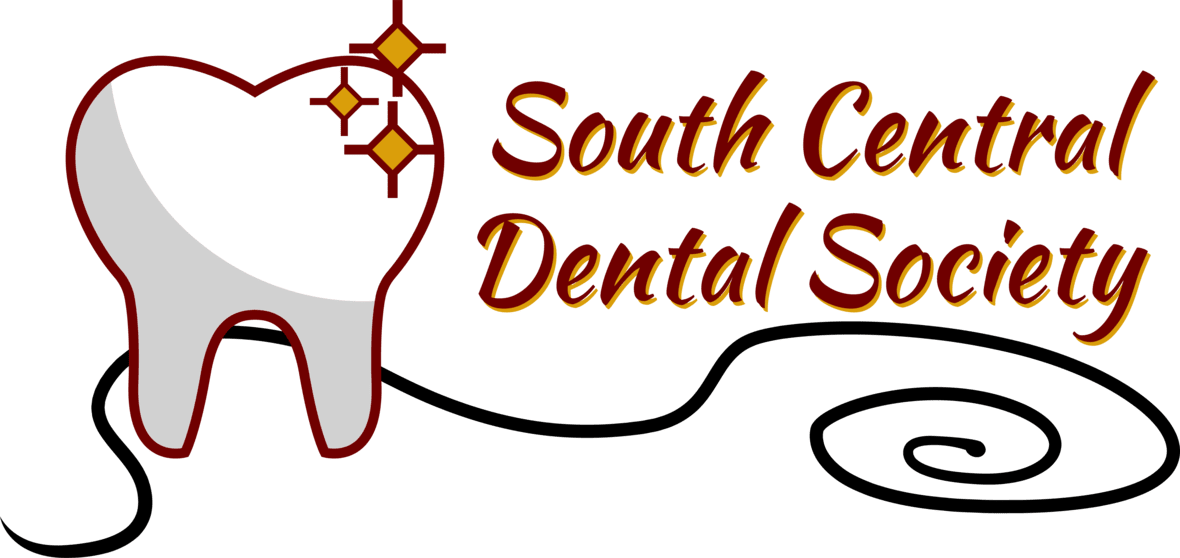Invisalign®
Straightening your smile discreetly and comfortably with invisalign®.
What Is Invisalign®?
Clear orthodontic aligners have been growing in popularity for many years. One of the most recognizable brands is Invisalign®. Invisalign® is a form of orthodontics that uses clear tray aligners to straighten the teeth instead of the traditional mouthful of metal wires and brackets.
If you are a candidate, Invisalign® provides an almost invisible way to straighten your teeth. Invisalign® is available at North Mankato Family Dentistry in North Mankato and the surrounding area. Call us at (507) 480-4606 to schedule an appointment to see if this treatment is right for you.
An Alternative to Traditional Braces
Invisalign® uses clear tray aligners instead of metal wires and brackets to straighten teeth. The aligners are constructed of a solid piece of plastic strong enough to shift the teeth and move them into the correct position. Every one or two weeks, the patient receives a new tray with an updated aligner. Each tray will feel slightly different as it shifts and moves the teeth.
The idea of using removable aligners to adjust the teeth is not a new concept. The idea was first introduced in the 1940s. Additional improvements were made through the decades, though the technology did not improve until the 1990s. The creators of Invisalign® developed their mass-market system in 1999.
Invisalign®’s Three Steps
Orthodontics can treat a wide range of dental problems and in most cases, completely realign the teeth. Orthodontists may work alone, or in combination with a maxillofacial surgeon.
The typical irregularities requiring orthodontic treatment are as follows:
- Overcrowding – An overcrowded mouth means there is insufficient space within the jaw for all of the adult teeth to fit naturally. Overcrowding may lead to displaced, rotated or completely misaligned teeth.
- Overbite – An overbite refers to the protrusion of the maxilla (upper jaw) relative to the mandible (lower jaw). An overbite gives the smile a “toothy” appearance and the chin looks like it has receded.
- Underbite – An underbite, also known as a negative underjet, refers to the protrusion of the mandible (lower jaw) in relation to the maxilla (upper jaw). An underbite makes the chin look overly prominent. Developmental delays and genetic factors generally cause underbites and overbites.
The Pros and Cons of Invisalign®
Invisalign® is not without its pros and cons. Thanks to the fact that they are next-to-invisible, both teens and adults can avoid the discomfort and self-consciousness of traditional metal braces. Many patients also appreciate that they can take Invisalign® aligners out to eat, brush and floss, or for social situations.
However, since they are removable, they are more likely to be lost or broken. Patients also need to be careful about what they drink when their aligners are in. Anything but water should be avoided. Liquids can seep into the plastic and stay there until the aligner is removed. This can lead to staining of the aligner and even tooth decay.
Cleaning the Aligners
Patients should always rinse the aligners when they are removed. Bacteria and plaque can easily attach to them, which can cause an unpleasant odor and sticky feeling on the teeth. Aligners should be cleaned with a clear and unscented antibacterial soap. If patients use toothpaste to clean the aligners, they should make sure that it is not a brand with whitening agents, as these can wear away the plastic.
Invisalign® aligners need to be stored in a case when not being worn. Leaving them out in the open exposes them to germs that can then be transferred to the mouth.
Maintain Proper Oral Hygiene
Proper oral hygiene is essential at any time, but it is a bit easier when using Invisalign® versus traditional braces. Food and plaque can get trapped in conventional braces' metal brackets and can be tough to brush. Since Invisalign® aligners can be removed, it is simple to brush and floss and replace the aligners when finished.
Make sure to brush and floss after meals before putting the aligners back in the mouth. This helps keep food particles from getting stuck in the aligners, leading to bacteria growth and bad breath.
Length of Treatment Time
Only a dentist can reasonably predict the length of the Invisalign® treatment time. The severity of the condition, how well the patient adheres to the treatment plan, and age are all factors. On average, it takes less than two years to see results. The treatment time for teens is typically a little shorter than adults.
Following all the recommended guidelines will ensure patients do not extend the treatment time. Patients need to switch trays on schedule and talk to our staff if there are any concerns. If the aligners are not worn for the recommended time, the teeth may start to shift back to their original positions.
Invisalign® Services FAQs
Giving you the answers you need.
What is Invisalign®?
Invisalign® is an orthodontic technique that uses clear, plastic aligners to straighten the teeth. The aligners are created from a custom mold of the patient’s mouth, and new aligner trays are provided at specific intervals as part of the treatment process. North Mankato Family Dentistry will develop the treatment plan and monitor the process.
What are the advantages of Invisalign over traditional metal braces?
Since Invisalign® aligners are clear, patients can avoid the unsightly look of a mouth filled with metal brackets and wires. They are also more comfortable to wear and allow the patient fewer restrictions on foods they can eat. Since they are removable, it is easier to brush and floss your teeth.
How long is the treatment time?
Treatment, on average, takes less than two years but can vary depending on the patient’s specific concerns. Aligners must be worn for 20-22 hours a day to see results. If a patient does not wear the aligners for the recommended amount of time, treatment results will take longer.
Does Invisalign hurt?
Unlike traditional metal braces, Invisalign®’s clear aligners do not rub and poke at the soft tissues of the mouth. Patients can expect to feel some sensitivity for a day or two when a new set of aligners are put in. This means the teeth are shifting and the aligners are working. Any discomfort should go away quickly.
How do you keep Invisalign® aligners clean?
Aligners should be cleaned with a clear and unscented antibacterial soap or toothpaste. If using toothpaste, make sure it is not a brand with whitening agents, which can wear away the plastic. Always brush and floss after meals before putting the aligners back in the mouth. This helps keep food particles from getting stuck, which can lead to bacteria growth and bad breath.
Do I have to avoid any foods with Invisalign?
If you eat with the aligners in place, make sure to avoid hard foods like raw carrots and sticky foods like gum. Hard and sticky candies should also be avoided. You will also want to avoid drinking anything other than water when the aligners are in place. Coffee and tea can stain the aligners, while soda has acidic properties that can break down the plastic.





